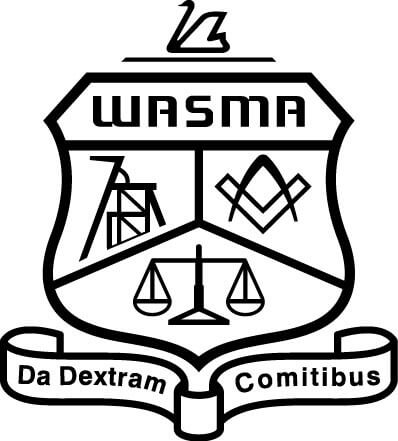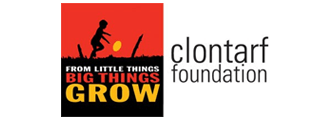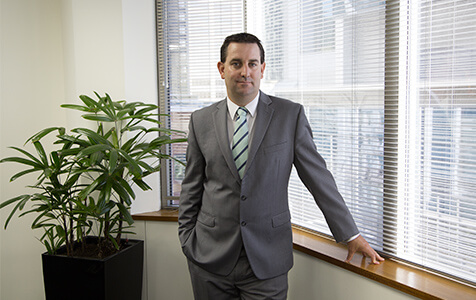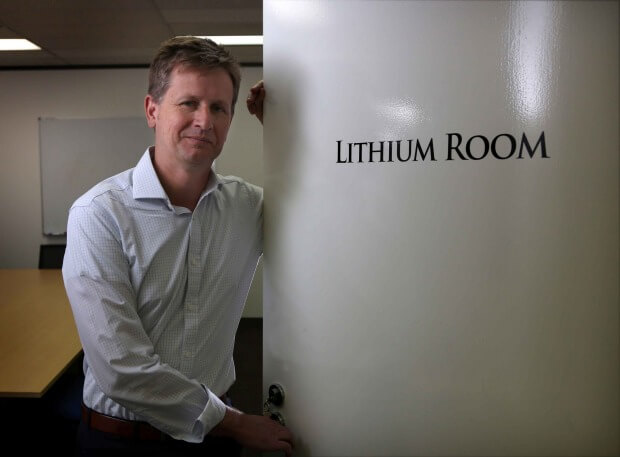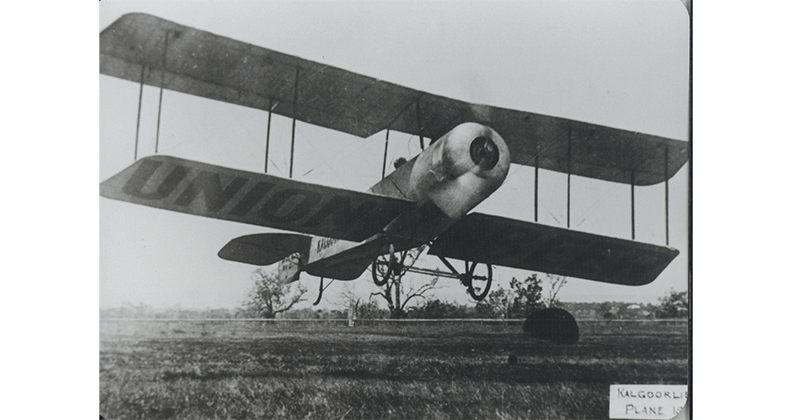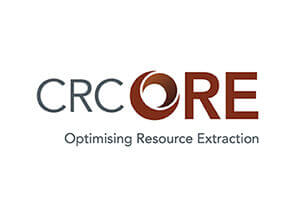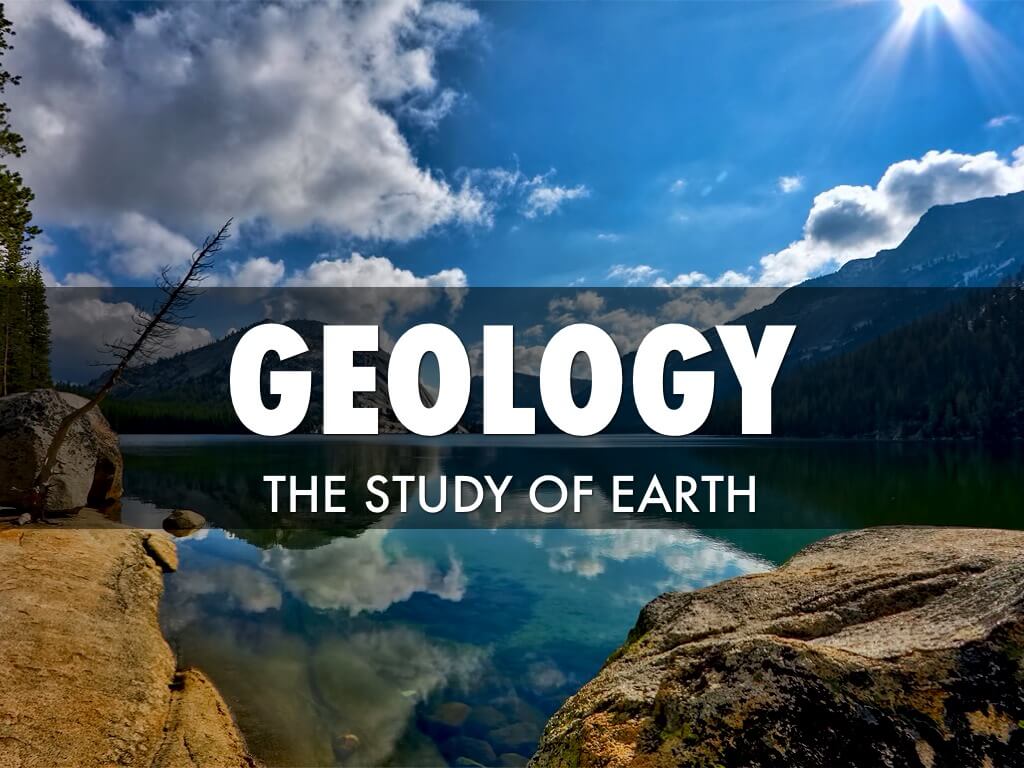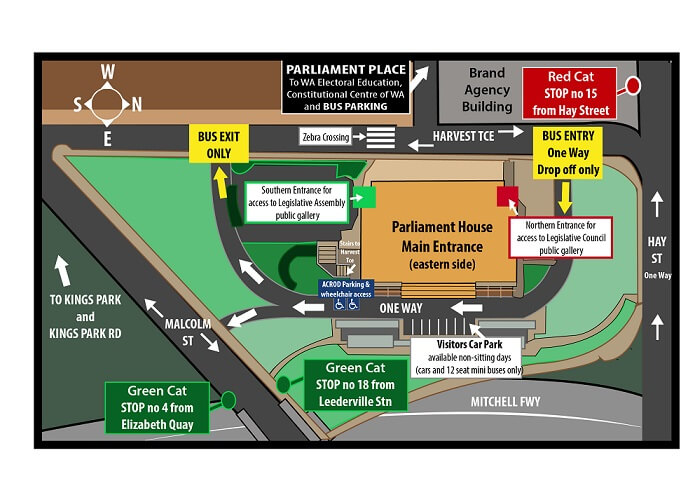Christy Taylor
Eight Aboriginal students celebrated the completion of a five-day intensive course last night with acelebration dinner.
The Indigenous Students Action Group, in partnership with the Clontarf Foundation, WASM and AngloGold Ashanti, provided the Clontarf students from across the State with a unique first-hand experience
of the Goldfields’ mining industry and what a career in the industry might look like.
Goldfields Clontarf Academy graduate Calen Tullock said his favourite part of the trip was visiting the KCGM Mt Charlotte operation and he was now considering a career in the mining industry.
“Going underground at Mt Charlotte was my favourite,” he said. “I was a bit claustrophobic down there, but it was a good experience because some people don’t get to see that.
“We got to meet all these people that were pretty high up in the ladder in the mining companies and for you to remember them, and for them to remember you, where you come from, and what you want to do was really good.”
Goldfields Clontarf Academy student Steven Trott said although he wanted to study software engineering at university, the trip gave him further insight into his dad’s work at the BHP nickel smelter.
“The camp was pretty good because we got to see all the roles that people do in the mines,” he said.
“It was great to head out to the BHP nickel smelter, because that’s where Dad works, so I have quite a bit of knowledge out there from his stories.”
The course gave the students the opportunity to rub shoulders with top mining and business executives including Carey Mining founder Daniel Tucker, who was also the keynote speaker on the night and Raleigh Finlayson, MD Saracen Minerals and President of WA School of Mines Alumni
As part of the course, the students also took part in a tour of the Sunrise Dam gold mine. ISAG chairman Keith Ross said he hoped the inaugural Mining and the Lands course would become an annual event and he hoped to
branch out and include indigenous girls in programs in the future.
